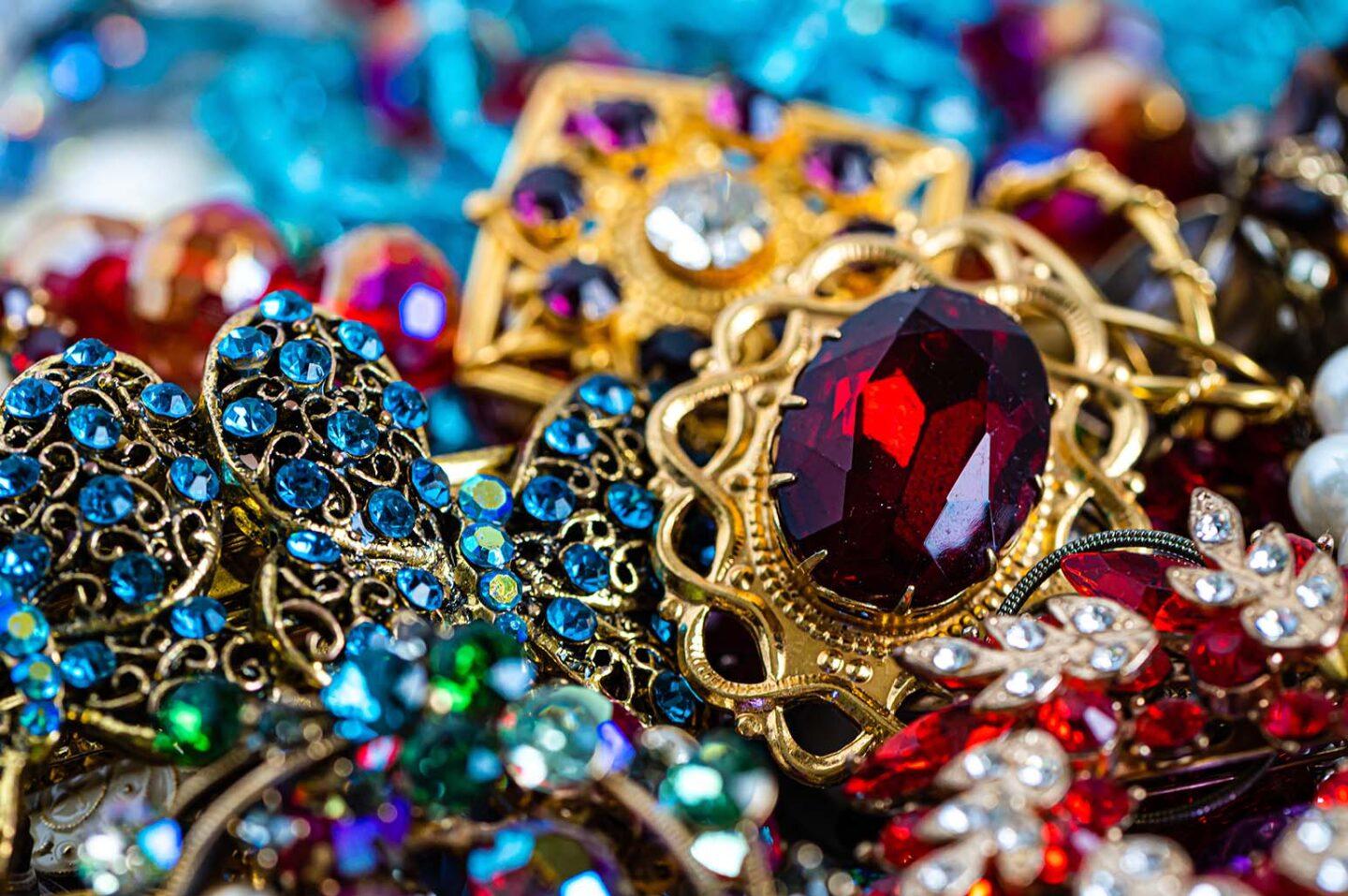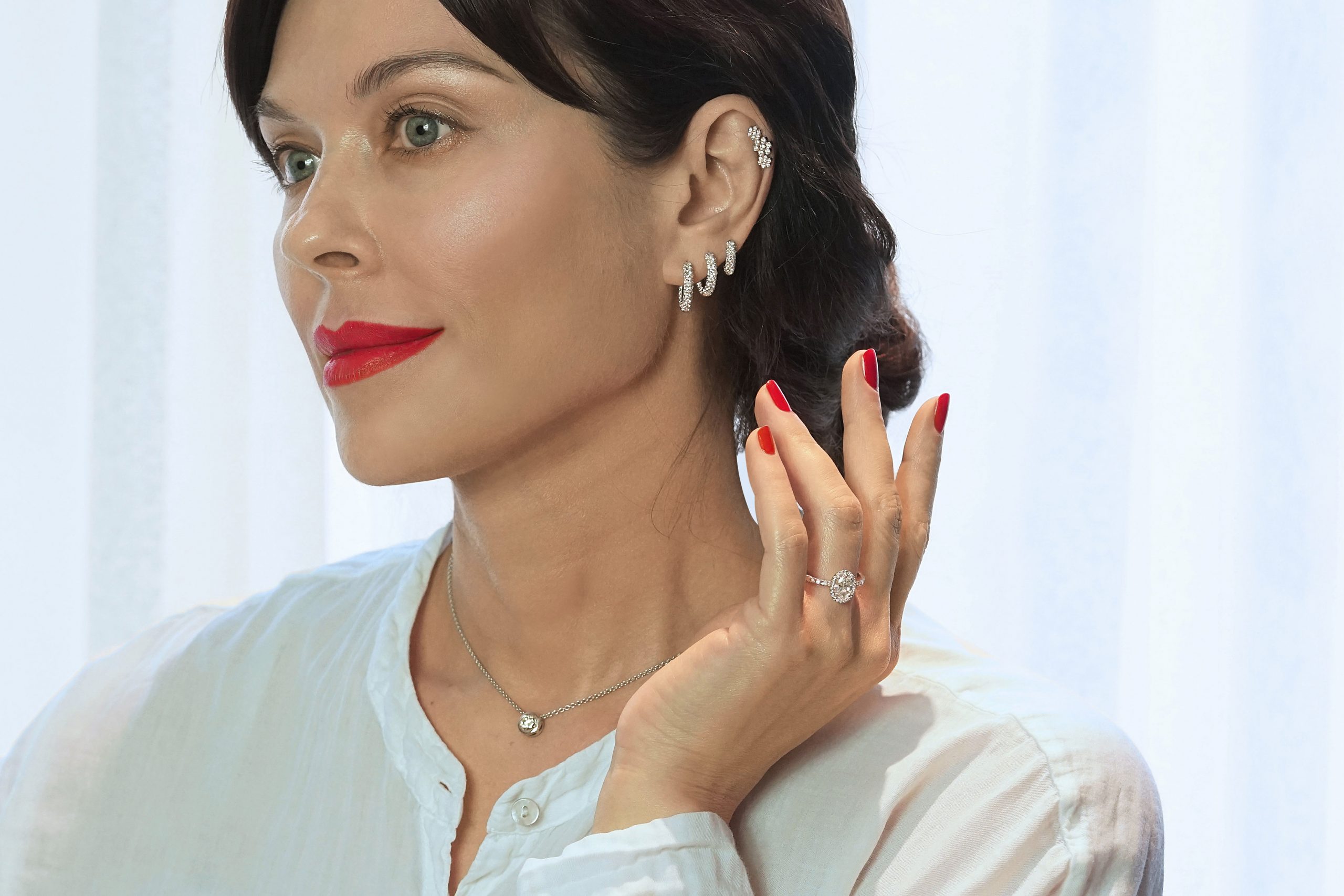Introduction
Few gemstones captivate the human imagination like turquoise. With its vibrant blue-green hue and deep cultural significance, turquoise jewelry has graced the necks, wrists, and fingers of people for thousands of years. From Egyptian pharaohs to modern-day fashion icons, turquoise continues to symbolize beauty, protection, and a connection to the natural world. But what makes this gemstone so special? Let’s explore the rich legacy, unique properties, and timeless appeal of turquoise jewelry.
A Journey Through History
Ancient Egypt’s Fascination with Turquoise Jewelry
Turquoise’s journey begins in the arid lands of Egypt, where it was revered as a sacred gemstone as early as 3000 BCE. The famed Sinai mines, often called “Mafkat” (meaning “Turquoise Land”), were the primary source of the stone. Egyptian royalty, including Pharaohs and high priests, adorned themselves with turquoise amulets and elaborate jewelry, believing it held protective and divine powers. The iconic burial mask of King Tutankhamun, inlaid with turquoise, gold, and lapis lazuli, stands as a testament to its importance in the afterlife.
The Persian Love for Turquoise
In ancient Persia (modern-day Iran), turquoise symbolized the heavens and was believed to bring good fortune. Persian artisans embedded turquoise in crowns, daggers, and palace decorations. The mesmerizing blue domes of Persian mosques, adorned with turquoise tiles, reflect the culture’s deep admiration for the stone. Persians even believed that wearing turquoise could ward off misfortune and illness.
Native American Traditions and Craftsmanship
For Native American tribes such as the Navajo, Zuni, and Hopi, turquoise holds profound spiritual significance. Mined in the American Southwest, particularly in Arizona and New Mexico, turquoise was integrated into ceremonial objects, amulets, and intricate silver jewelry. The Navajo, in particular, saw turquoise as a bridge between the sky and the earth, offering protection and wisdom to its wearer.
The Science Behind the Stone
Chemical Composition and Formation
Turquoise is a hydrated phosphate of copper and aluminum, giving it its signature blue-green color. The presence of copper results in a sky-blue hue, while iron and other minerals can create variations ranging from greenish-blue to deep green.
Color Variations and Their Significance
Turquoise hues range from pale blue to intense green, often influenced by the region where it was mined. Persian turquoise is famous for its pure, robin’s egg blue color, while American turquoise often features intricate black or brown matrix patterns from its host rock.
Famous Turquoise Mines Worldwide
- Sleeping Beauty Mine (Arizona, USA): Known for its bright, uniform blue turquoise with no matrix.
- Kingman Mine (Arizona, USA): Produces vibrant blue turquoise with black or white matrix.
- Persian Mines (Iran): Renowned for their deep blue turquoise with minimal veining.
Cultural Significance and Symbolism
Turquoise is revered across civilizations for its mystical and protective properties. Many cultures associate the stone with wisdom, healing, and spiritual enlightenment. In Tibet, turquoise is considered a symbol of eternal love, while Native Americans regard it as a sacred guardian stone.
Turquoise in Jewelry Design
From bold Southwestern pieces to delicate modern designs, turquoise remains a staple in jewelry fashion. Traditional silver and turquoise rings, cuffs, and necklaces pay homage to Native American artistry, while contemporary designers incorporate turquoise into minimalist settings, often paired with gold, diamonds, or pearls.
How to Identify Authentic Turquoise
Natural vs. Treated Turquoise
Real turquoise is porous and often treated with stabilizers to enhance durability. Some stones are dyed or reconstituted, making it essential to verify authenticity before purchasing.
Common Imitations and How to Spot Them
- Howlite: A white mineral often dyed to resemble turquoise.
- Plastic & Resin: Synthetic materials lack the natural matrix and cool touch of real turquoise.
Trusted Sources for Buying Real Turquoise
Purchasing from reputable jewelers or Native American artisans ensures authenticity. Look for certificates of origin when investing in high-quality turquoise pieces.
Caring for Turquoise Jewelry
Turquoise is relatively soft, ranking 5-6 on the Mohs hardness scale. To maintain its luster:
- Avoid harsh chemicals and prolonged exposure to water.
- Store separately to prevent scratching.
- Clean gently with a soft cloth—never use ultrasonic cleaners.
FAQs
Is turquoise jewelry good for everyday wear?
Yes, but handle with care as turquoise is softer than other gemstones.
How can I tell if my turquoise is real?
Genuine turquoise has a cool, smooth texture, while imitations feel plasticky or too light.
What metals pair best with turquoise?
Sterling silver, gold, and rose gold complement turquoise beautifully.
Can turquoise fade over time?
Yes, prolonged sun exposure and oils can cause fading—store it properly to preserve its color.
Where is the best turquoise found?
Persian and American Southwest mines produce some of the world’s most coveted turquoise.
Conclusion
Turquoise jewelry is more than just an accessory; it is a piece of history, a symbol of protection, and a testament to exquisite craftsmanship. Whether you’re drawn to its spiritual significance, stunning aesthetics, or historical value, turquoise continues to captivate and inspire. Its timeless allure ensures that it will remain cherished for generations to come.








